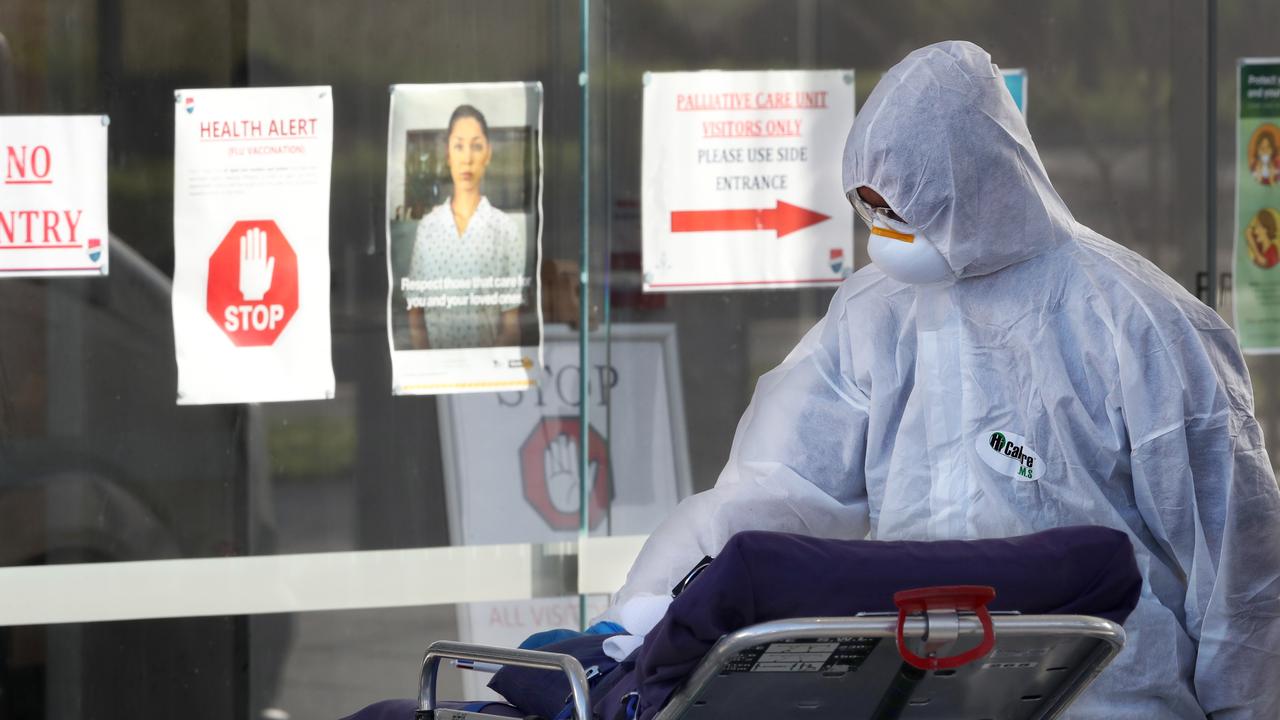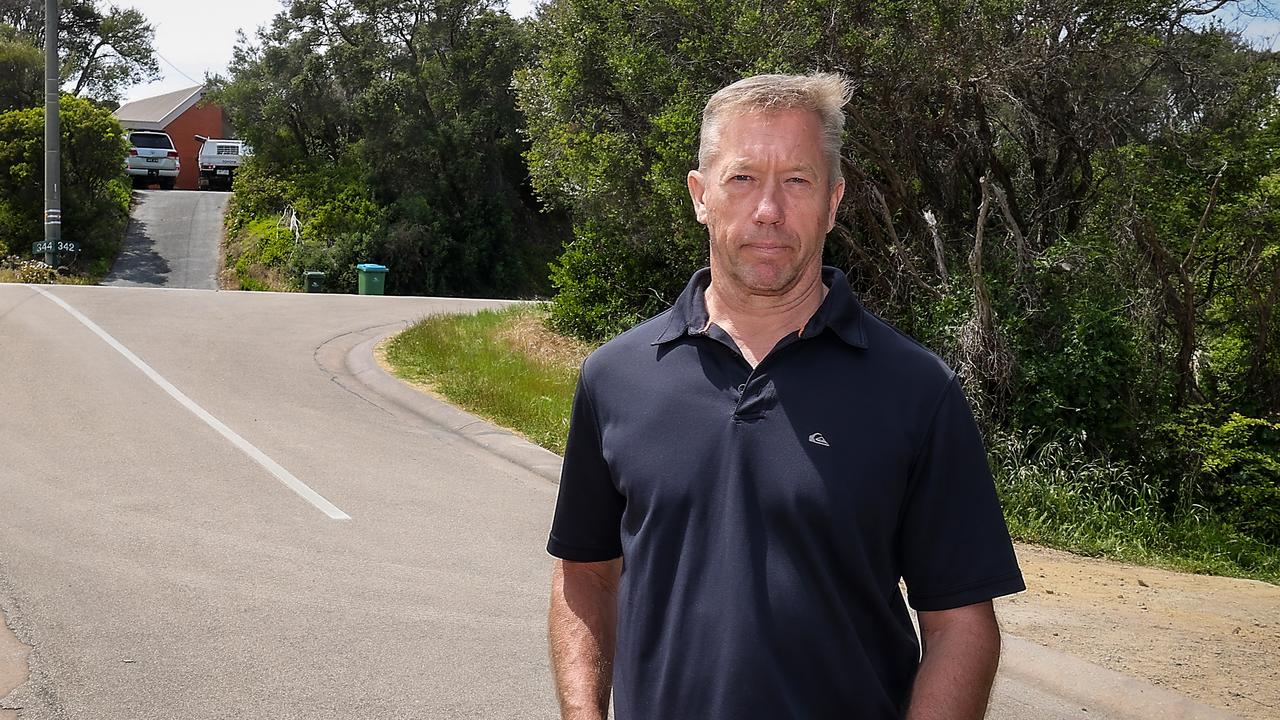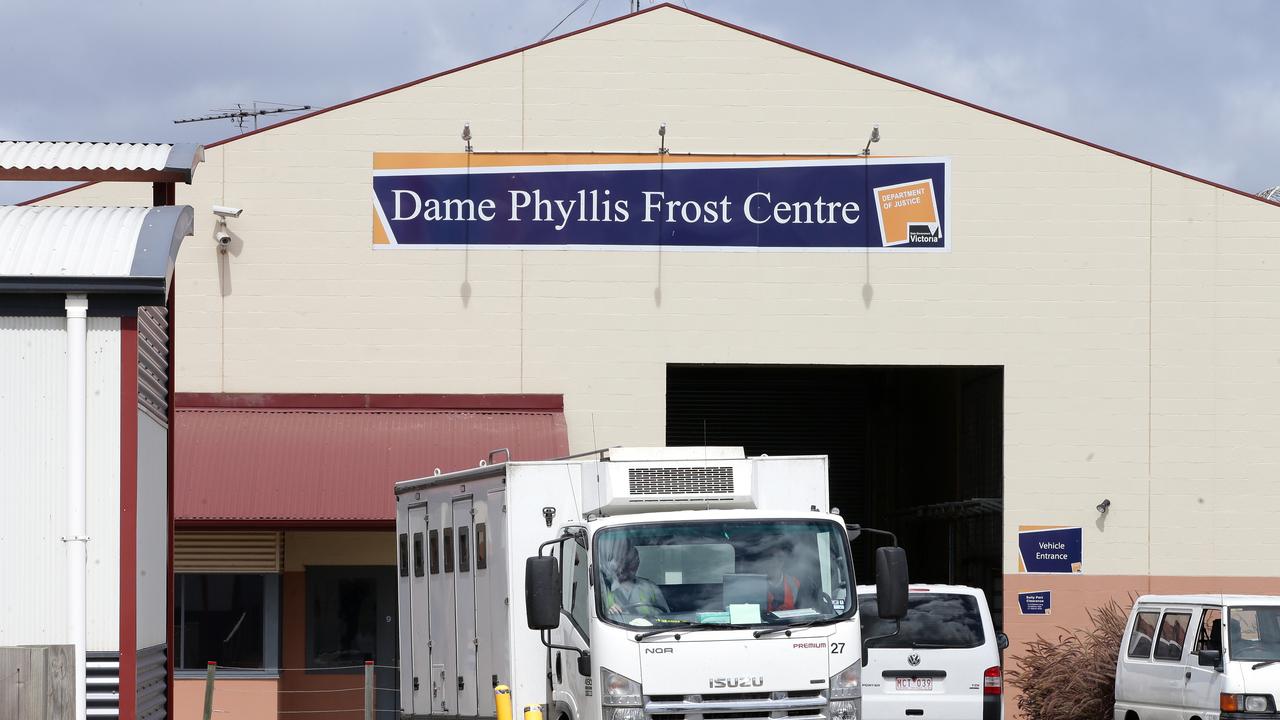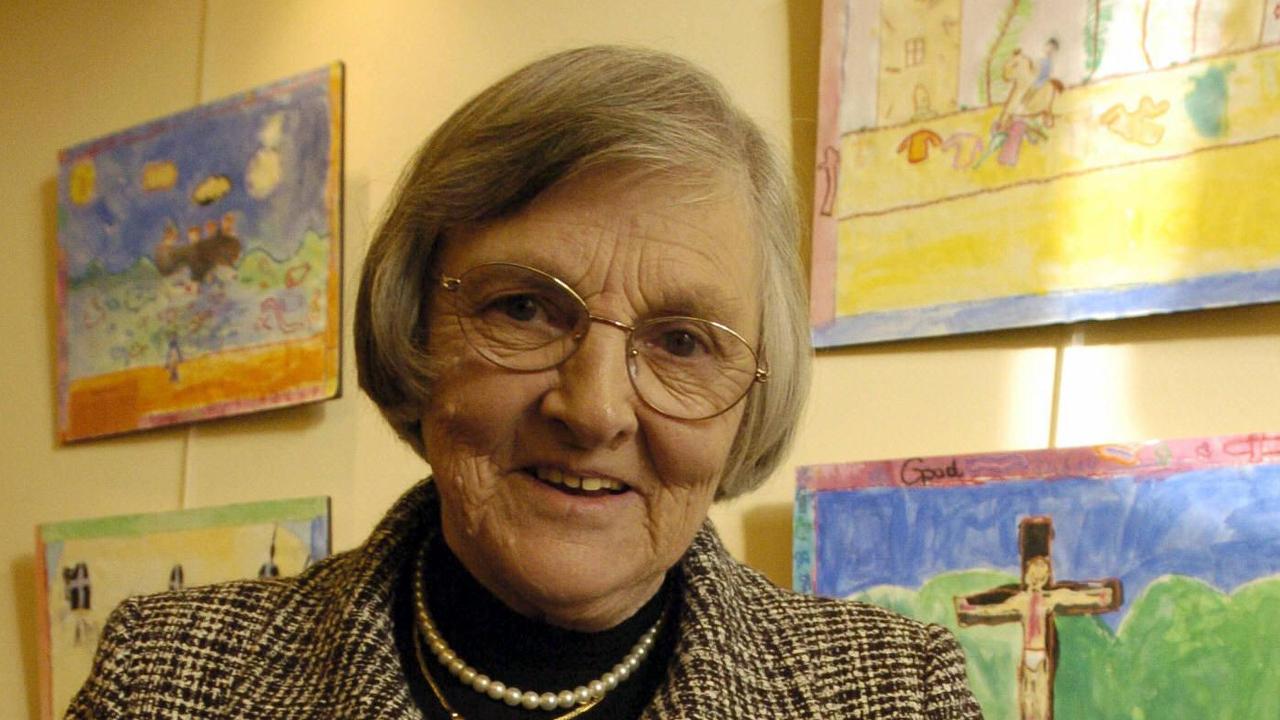ESTA’s pleas for permanent funding model knocked back
Victoria’s embattled triple-0 service asked for more funding in 2020 — but the plea was ultimately rejected.
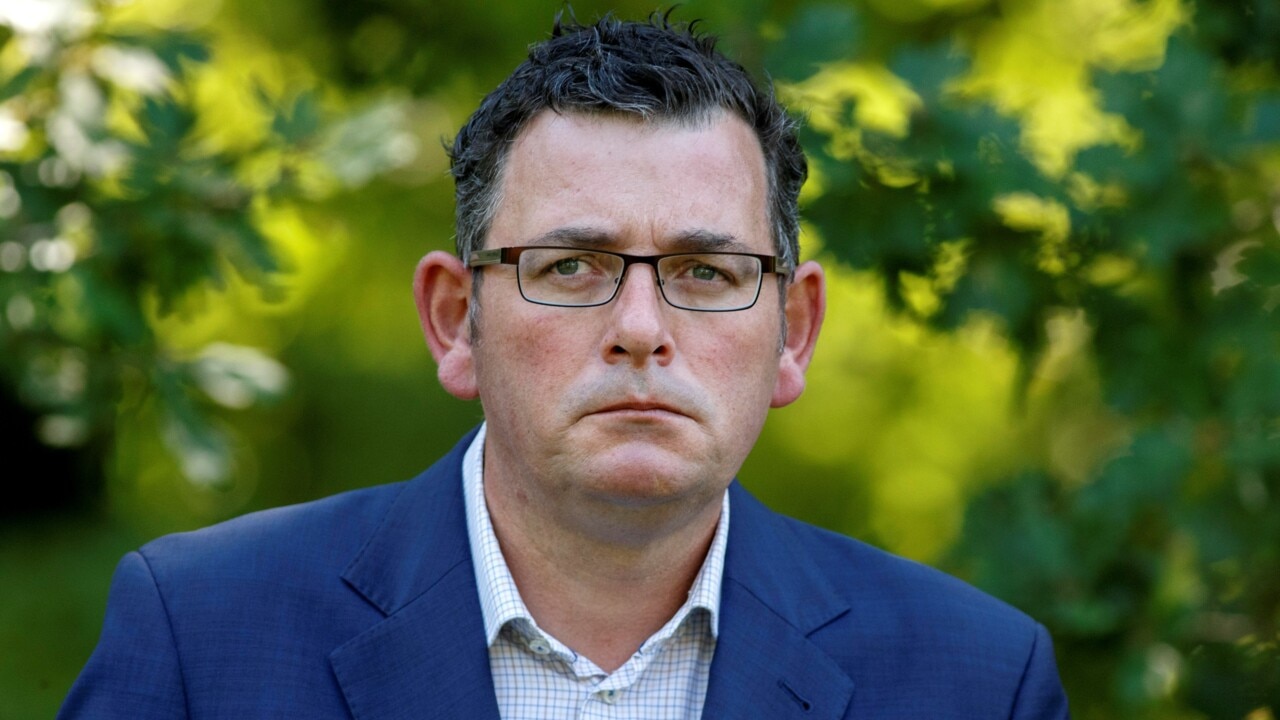
Victoria
Don't miss out on the headlines from Victoria. Followed categories will be added to My News.
Victoria’s embattled triple-0 service asked for more than $1m in permanent funding to meet rising demand in 2020 but was knocked back in favour of a one-off payment.
Board minutes obtained under Freedom of Information laws show how the Emergency Services Telecommunications Authority struggled to have its pleas for sustainable funding heard by the state government, a key focus of a damming report in the system.
They also conflict with statements made by the premier that the government always gave the authority the money it asked for.
Documents show that for the 2020-21 financial year, ESTA received $51.9m out of the $53.1m it requested.
But the $1.2m funding it was refused was “growth funding” which would have baked in resources to meet permanent demand for Victoria’s booming population.
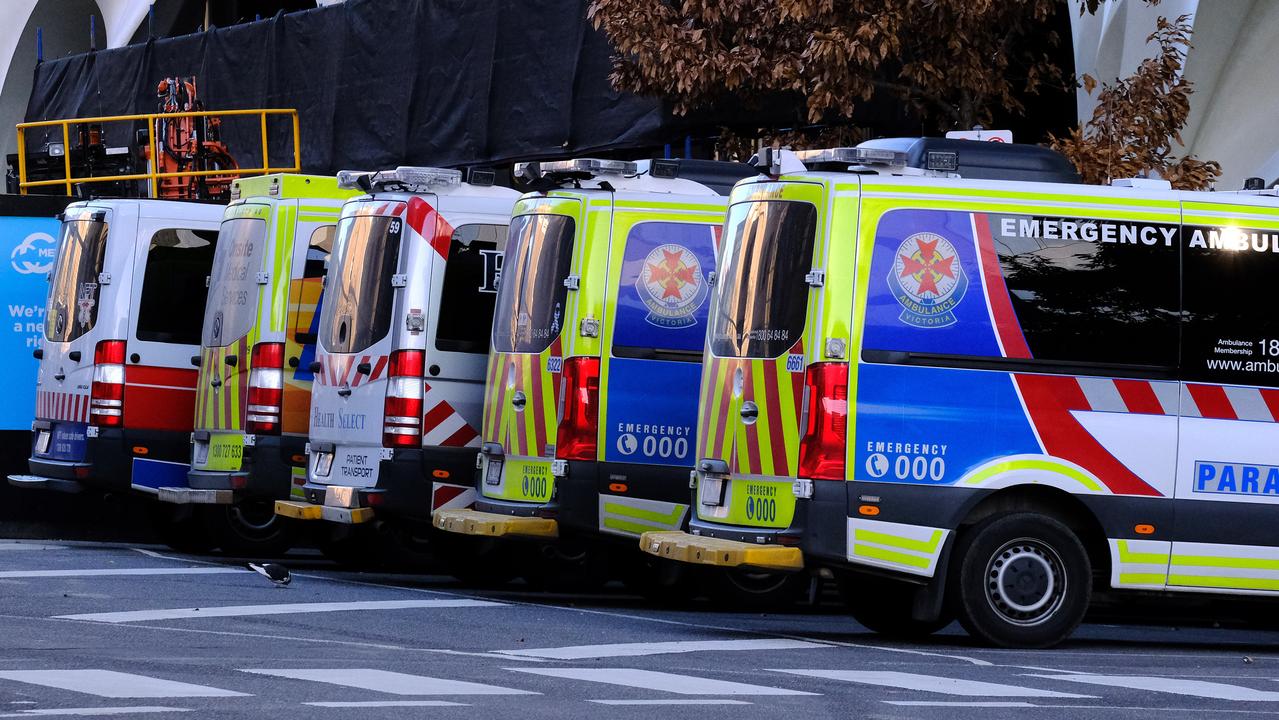
Board members also admitted that their request for the the reccurent cash was “not going to be likely” and accepted that one-off funding support was a positive result.
In another meeting, they acknowledged that one of the biggest challenges going forward were “the limitations of the ESTA funding model”.
An Inspector-General for Emergency Management (IGEM) review found that 33 Victorians died because of issues with the triple-0 service, with the report also slamming the government for knocking back requests for more a permanent funding model.
When asked about the IGEM report last week, Premier Daniel Andrews said “the government provided all the funding that was sought each and every year”.
However, the board minutes show that ESTA did not believe this was the case as recently as 2020.
Opposition emergency services spokesman Brad Battin said the documents showed more evidence of mismanagement.
“Daniel Andrews knew of triple-0’s funding issues since 2015 and did nothing. Even in the middle of a pandemic he refused to fund it properly,” he said.
“Now, after eight years of mismanagement, 33 people have died and Victorians have lost confidence that help will be there in an emergency.”
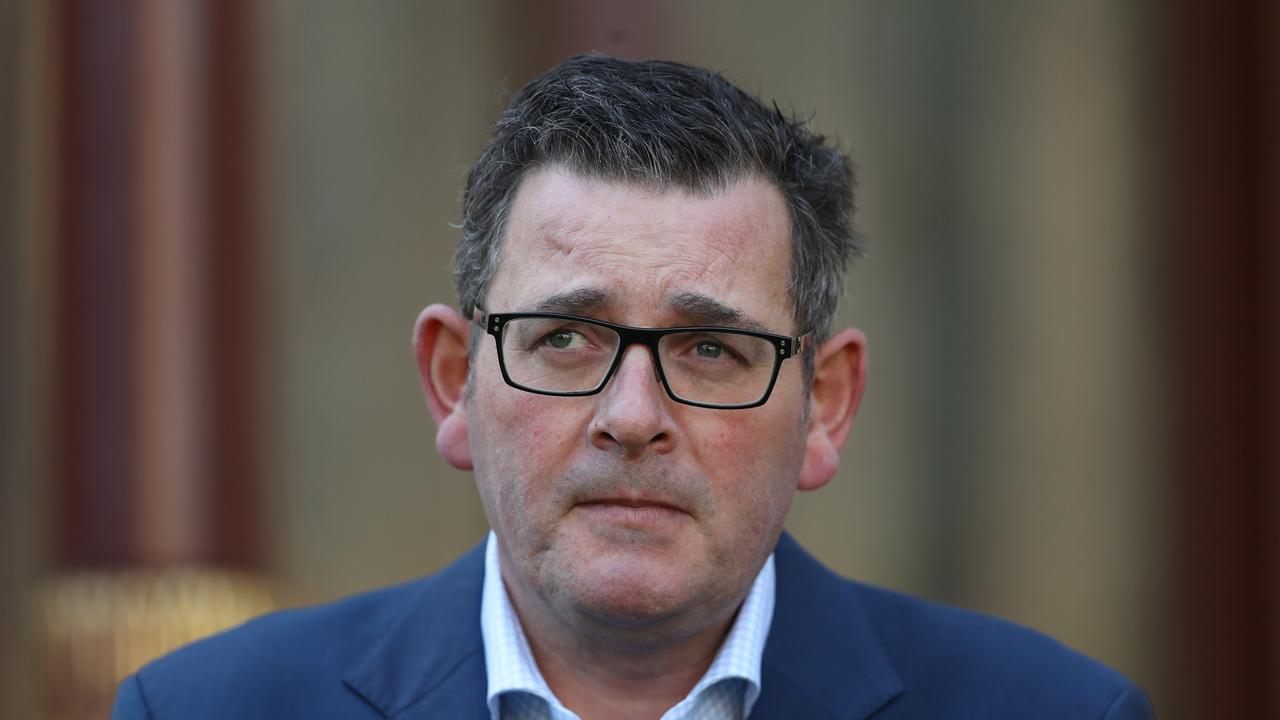
A government spokeswoman said the state provided “substantial funding” to help with demand, including $333 million for 400 new staff in the latest Budget.
“This means the historical funding issues identified by the IGEM have been addressed, supporting ESTA to recruit and retain staff and improve capability,” she said.
“Long-term reforms in 2023 including bringing ESTA closer to government will address its financial sustainability going forward.”
An ESTA spokeswoman said recent increases had already delivered major improvements in call answer times.
“As recommended in the Ashton report and identified by the IGEM, it is vital ESTA is recognised as an emergency services organisation as it moves closer to government,” she said.
“Significant investments have been made by the government to bring on more call-takers, dispatchers, trainers and team leaders, provide further wellbeing support to look after frontline workers, and support further IT and security system upgrades.”
The IGEM report flagged that the government had been warned by ESTA about funding issues all the way back to 2015.
“The Victorian government was aware of ESTA’s precarious financial position as early as 2015,” the report read.
More Coverage
Originally published as ESTA’s pleas for permanent funding model knocked back




